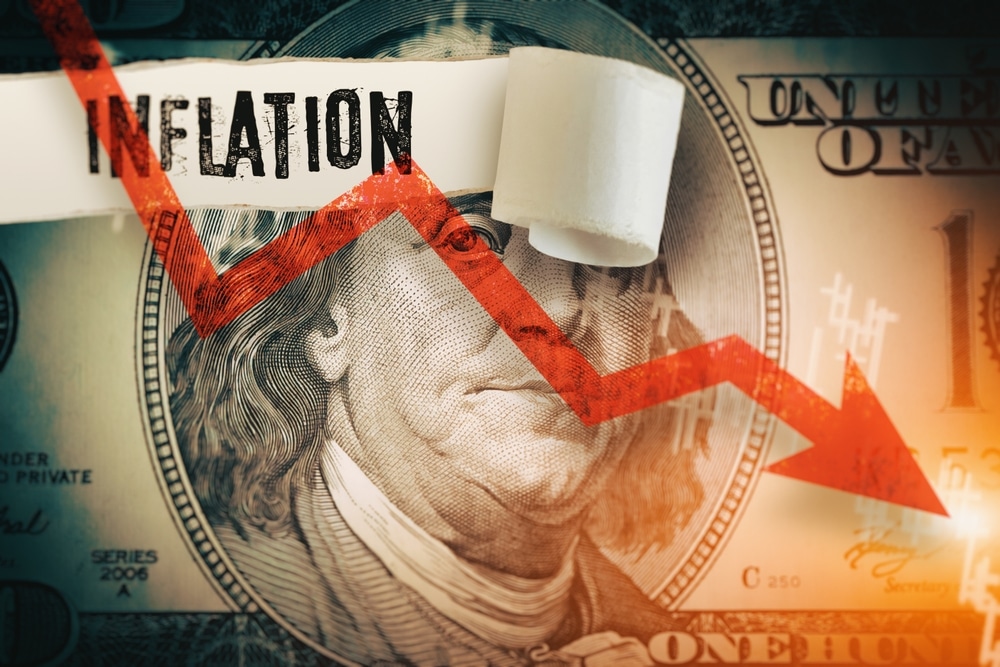(OPINION) The vast majority of economists at 23 large financial institutions surveyed by The Wall Street Journal predicted that the United States will fall into the grips of a recession in 2023 and that millions of Americans will lose their jobs.
More than two-thirds of the nearly two dozen institutions—which include trading firms and investment banks that do business directly with the Federal Reserve—expect the U.S. economy to contract in 2023, according to the report.
Two of the 23 firms expect the recession to come later—in 2024—while five believe that the United States will manage to avoid a downturn altogether: Credit Suisse, Goldman Sachs, HSBC, JPMorgan Chase, and Morgan Stanley.
The institutions that predict a coming recession expect consumer spending to weaken as Americans deplete their savings and an aggressive Fed drives up borrowing costs and as banks’ lending standards get tighter.
Soaring U.S. inflation, which in June 2022 hit a recent peak of 9 percent in annual terms, as measured by the Consumer Price Index (CPI), has forced the Fed to raise rates at its fastest pace since the 1980s in a desperate bid to relieve price pressures.
The aggressive rate increases have so far had only a limited effect, with November’s CPI data showing inflation running at 7.1 percent.
An alternative measure of inflation that uses the same methodology as the U.S. government used to measure CPI in the 1980s puts November’s inflation figure at a much higher 15.23 percent.
Even though inflation has eased somewhat from its June peak, it’s far from enough for the Fed to hit the brakes on interest rates, which were brought up quickly from near zero in March 2022 to the current range of 4.24 to 4.5 percent.
Frustrated by how sticky high inflation has remained despite the rate boosts, Fed officials have pledged to keep raising rates and keep them high until inflation recedes to near the Fed’s 2 percent target, as measured by the core Personal Consumption Expenditures (PCE) price index.
Core PCE, which excludes the volatile categories of food and energy, in November came in at 4.7 percent, more than twice the Fed’s target. In their most recent summary of economic projections, Fed officials said they expect the terminal Fed Funds rate—meaning the highest level before it hits a ceiling and later falls—to come in at 5.1 percent.
Rates that high will push unemployment up to 4.6 percent in 2023 from the current 3.7 percent and stay at that level in 2024, according to the Fed. (SOURCE)
















